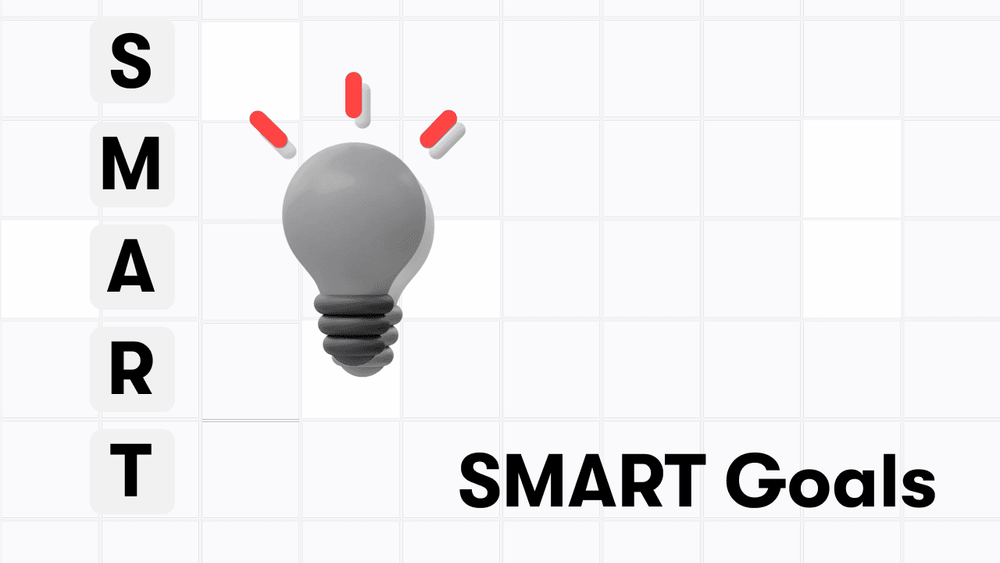Setting goals is a fundamental step in achieving success, both personally and professionally. The SMART goals framework offers a structured approach that provides clarity, helping you to focus your efforts and feel genuinely motivated to achieve them. This guide explores the concept of SMART goals, detailing each component of the acronym and offering practical tips for applying this method to enhance goal-setting effectiveness.
What Are SMART Goals?
SMART is an acronym for Specific, Measurable, Achievable, Relevant, and Time-bound. Developed in the early 1980s by George T. Doran, the SMART framework is designed to provide clarity and manage expectations, making achieving objectives easier and effectively.
Breaking Down the SMART Criteria
- Specific: Goals should be clear and specific so that you can focus your efforts and feel genuinely motivated to achieve them. A specific goal should clearly answer the five “W” questions:
- What do I want to accomplish?
- Why is this goal important?
- Who is involved?
- Where is it located?
- Which resources or limits are involved?
- Measurable: It’s crucial to have measurable goals to have tangible evidence that you have accomplished the objective. Ask questions like:
- How much?
- How many?
- How will I know when it is accomplished?
- Achievable: Your goal must be realistic and attainable to succeed. While an achievable goal may stretch your abilities, it should still be achievable. Consider:
- How can I accomplish this goal?
- How realistic is the goal, based on other constraints, such as financial factors?
- Relevant: This step ensures that your goal matters to you and aligns with other relevant goals. A relevant goal can answer “yes” to these questions:
- Does this seem worthwhile?
- Is this the right time?
- Does this match our other efforts/needs?
- Time-bound: Every goal needs a target date so that you have a deadline to focus on and something to work toward. This part of the SMART goal criteria helps to prevent everyday tasks from taking priority over your longer-term goals. Questions to consider:
- When?
- What can I do six months from now?
- What can I do six weeks from now?
- What can I do today?
Implementing SMART Goals
To effectively implement SMART goals, follow these steps:
- Write Down Your Goals: Write down your goals to make them tangible. This makes them more concrete and gives you a visual reminder.
- Make an Action Plan: This step is often missed in the goal-setting process. Decide what steps you need to take to achieve your goal.
- Regularly Review Your Goals: Goals should be reviewed and revised as necessary to reflect changing priorities and experiences.
Conclusion
SMART goals are a powerful tool for achieving objectives. By making goals specific, measurable, achievable, relevant, and time-bound, you can increase your chances of success. Whether in personal development, business growth, or team management, SMART goals provide a clear roadmap to achieving outcomes, making your aspirations more attainable.



